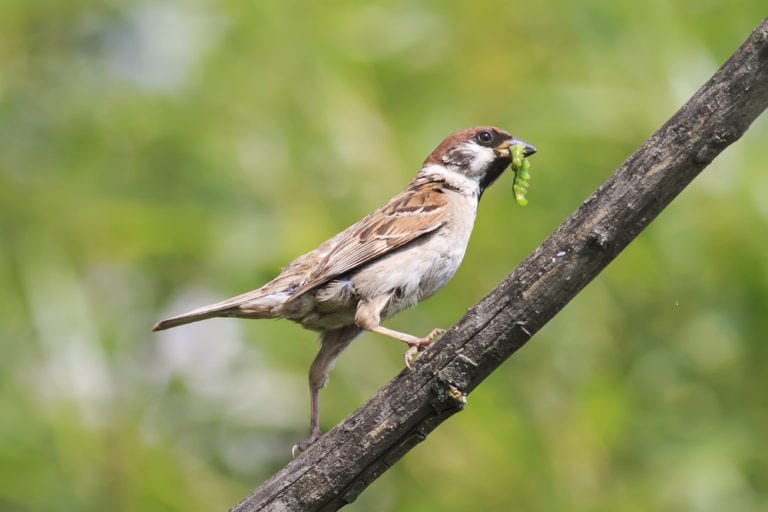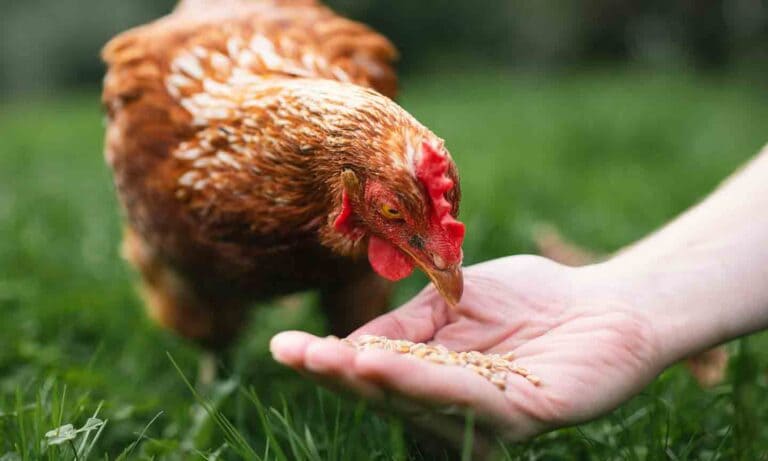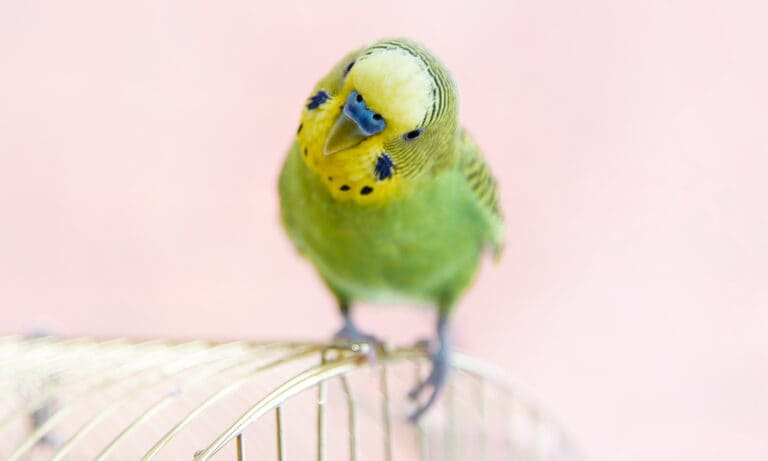It’s a jungle in here! Sharing your home with a pet bird is more than a hobby. It’s a lifestyle. Because our birds have such sensitive respiratory systems, we must be extremely careful when choosing cookware and other kitchen appliances.
Nonstick coatings contain polytetrafluoroethelyne (PTFE), a polymer that deteriorates when overheated. The resulting fumes (gas and minute particulate matter) may kill pet birds. Humans sometimes report flu-like symptoms after exposure to these fumes.
Teflon is a brand name. Nonstick surfaces containing PTFE are marketed under many different brand names. Just because a product does not say Teflon, it does not mean that it is free of PTFE.
Manufacturers disagree about the temperature levels that nonstick surfaces must reach to emit harmful fumes. Some place it at 560 degrees Fahrenheit while others somewhere above or below that figure. Past research showed that products actually begin releasing such fumes at the beginning of the heating process, and some people reported that pet birds died when nonstick products were heated to temperatures below 560 degrees Fahrenheit.
A few manufacturers, like Corning Revere, print warnings in product instructions against using nonstick cookware around pet birds, but you must read the fine print to find it. Instead of nonstick cookware, try:
- Stainless steel
- Copper-clad stainless steel
- Copper
- Corningware, the classic, white oven-to-table ware
- Glass
- Aluminum
- Cast iron
A stove, heated the first few times, might emit fumes from components treated with chemicals intended to inhibit rust and deterioration. A self-cleaning oven might also give off toxic fumes, perhaps from parts treated with nonstick coatings.
Emissions are often strongest when appliances and cookware are new. (This does not mean that older nonstick products are safe for use around birds.) When moving into a new home, run the stove/oven at a high heat level for several hours in the days prior to moving, before you and the birds are in residence.
Open the windows for ventilation during this process. Use a range hood that vents to outdoors, as opposed to ventless hoods that blow pollutants back into the room. It’s difficult to say which stove would be safe, as models change frequently. When considering the purchase of a new stove or appliance, contact the manufacturer prior to buying. You’ll usually find an address or telephone number on the label or packaging. Ask if the products include polymers containing PTFE or other potentially harmful chemicals.
You can follow the same procedure for any cooking appliance or tool. If you are told they do not, insist on written assurance of that fact. Of course companies cannot guarantee that any product is absolutely safe for use around birds because most products are not routinely tested on birds, and manufacturers do not have control over how you use the product.
By: Susan Chamberlain
Featured Image: Via Joseph_Fotografie/iStock/Thinkstock
Share:









